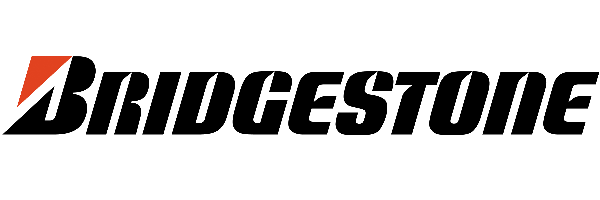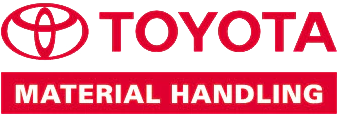A common phrase you hear across many industry work fronts is, “safety is out of control”.
After 18 years of undertaking and leading high risk work activities within the construction industry and Oil & Gas, I started a QHSE Consulting company in 2016, because I believed that there was more room in the safety industry for addressing individual and collective attitude to doing things safer and getting some buy-in from workers rather than dazzling them with complex legislation.
There is definitely a need for robust risk management processes to build an organisation’s safety foundation, but when it comes to compliance and auditing processes, how much is too much?
A common issue I find is that Supervisors and Team Leaders are challenged to find time to implement effective safety strategies to the very teams they are responsible for as they are not only operationally time poor but also burdened by mountains of paperwork and onerous compliance processes that are more aimed at litigation safeguards rather than forging a safer workplace. Then there are the safety audits by the customer, the customer’s customer all the way down the supply chain.
When a workplace incident occurs, commonly the actual root cause of the incident was a decision-making process of an individual involved, even after all the safety processes and checkpoints had been ratified. This leaves to question the effectiveness of these processes to perform their desired function.
Is there room in the safety industry to be smarter about streamlining our compliance processes and invest more focus into complimenting them or even substituting components of them with more behavioural based strategies?
Traditionally, safety is purported to be the condition of being protected from harm or other non-desirable outcomes. The key human factors necessary to achieve safety in my opinion are “activation” and “intervention”.
Even with robust safety processes in place, worker complacency and desensitization to a work task or environment can be contributing factors to an unsafe workplace. Activation seeks buy-in from workers through engagement of thought processes to shift focus back to workplace safety to ensure concentration and motivation is maintained and cultivating safe work practices.
Intervention is the axle of a safety culture where it is ok to speak up about safety or even stop work without criticism if it is believed to be unsafe. Some other forms of intervention include, simply checking in or aiding someone who appears to be struggling with a work task, or who appears to be going through some mental health issues that are affecting their ability to work safely. Or simply reporting or rectifying unsafe work practices or conditions.
Is safety really out of control? It’s time we began to address streamlining compliance processes and allocating more time to invest in cultivating positive human factors to achieve better workplace safety.
Many businesses can easily streamline their management systems and in turn improve on the way that they manage compliance in their environment and change the culture to safety. In today’s technology there are many ways to do this. Gone are the days of the good old excel spreadsheet and the 3-ring folder sitting on the office shelf with all your policies, procedures and checklists.
Cloud based risk management technology such as Skytrust, allows any worker to have access to the company’s management system at the touch of a hat. Being responsible for reporting your own incident and identifying hazards on the spot, notifying management immediately improves communication and accountability. It provides for workers to become empowered in their workplace by allowing them to understand safety principles and allowing them to keep in touch with what the employer is doing to ensure workplace safety is being managed. The ability to be able to undertake inspections and assign corrective actions when non-compliance is identified builds on the activation and intervention behaviours discussed earlier. Providing workers, the ability to access information on-site using Skytrust and becoming involved in maintaining safety during daily operations builds a confidence and the buy-in needed to ensure that safety is not seen as something that is out of control. Skytrust enables you to manage, through streamlining and entrusting a positive worker culture to safety.
Written by Brenden Lavin, Director, Commplete, a Corporate Partner of Skytrust







